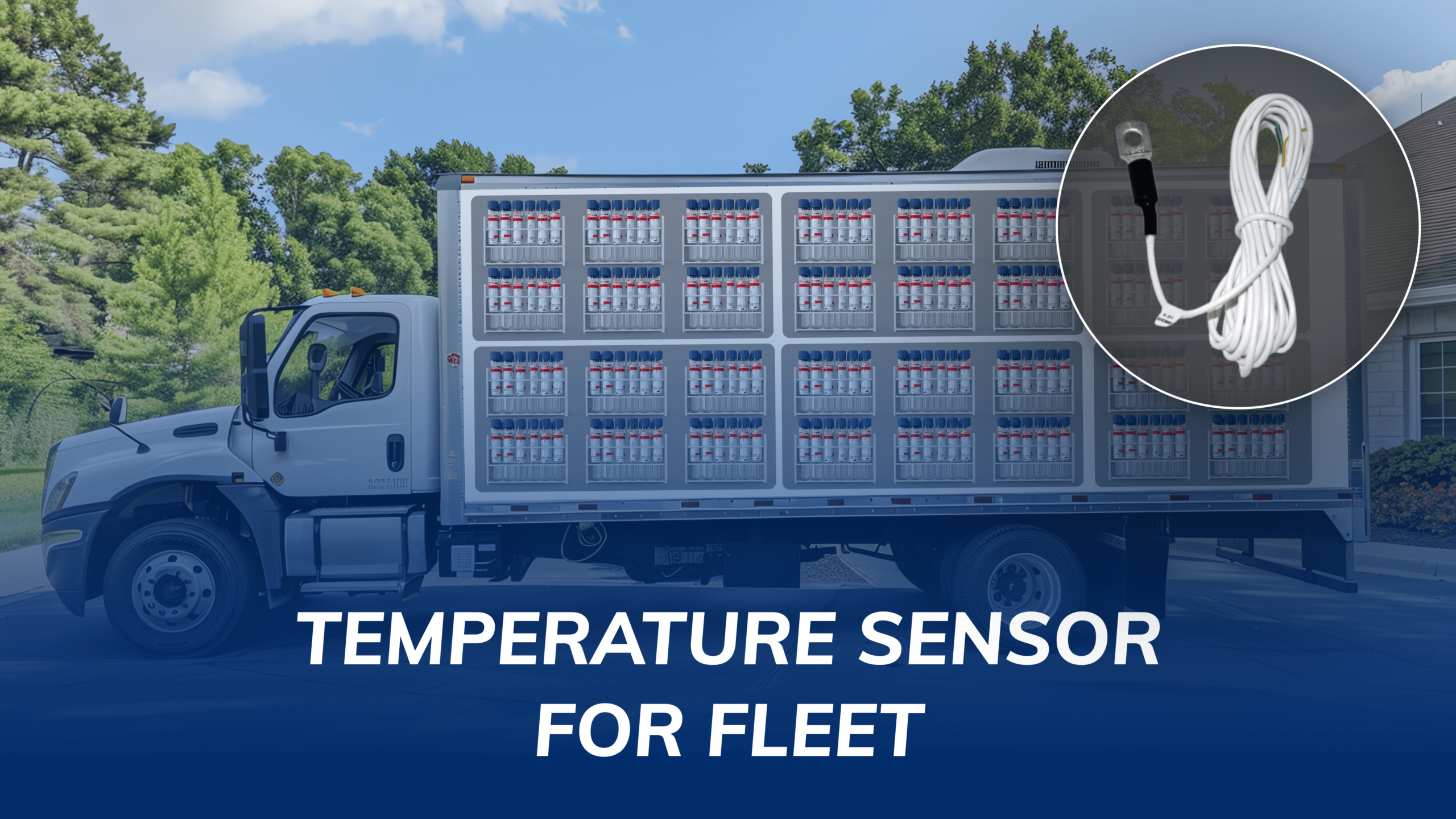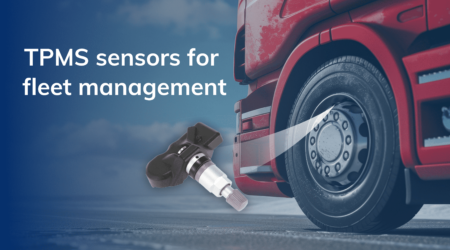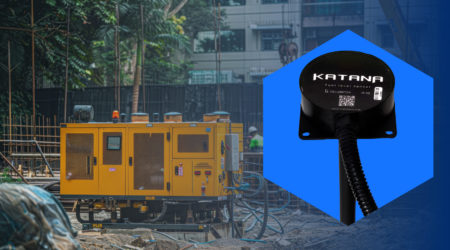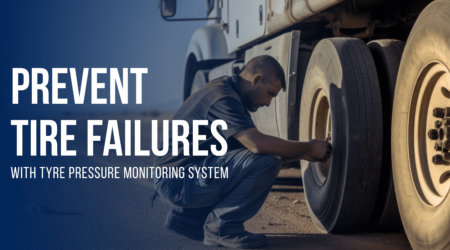How to Choose the Best Temperature Sensor for Your Fleet

Whether you’re dealing with perishable goods, medicines, or other sensitive cargo, the right temperature sensor is crucial to keeping your operations running smoothly. Here’s how to choose the best one for your fleet.
1. Know What Your Fleet Needs
The first step is to figure out exactly what your fleet requires. What kind of items are you transporting? Do they need constant temperature monitoring? How much accuracy do you need?
For example, if you’re moving things like food or medicines, you’ll want sensors that give very accurate readings and alert you quickly if something goes wrong. On the other hand, if you’re working with construction vehicles, your focus might be on finding sensors that are tough enough to handle rough conditions rather than needing pinpoint accuracy.
2. Make Sure the Sensor is Accurate
When transporting temperature-sensitive goods, accuracy matters. A small change in temperature can spoil an entire load of goods. Look for sensors that are accurate and dependable.
For most fleets, a sensor with an accuracy of ±0.5°C or better is usually enough. But if your goods are extremely sensitive, you may need something even more precise.
3. Check How Fast the Sensor Responds
In fleet management, every minute counts. If a sensor takes too long to detect a change in temperature, the damage may already be done. A sensor that reacts quickly to temperature changes is key to preventing losses.
For sensitive items like medicines or perishable goods, a fast-acting sensor is crucial. It ensures you can take action quickly when there’s a problem.
4. Look for Durability
Your vehicles travel through all sorts of conditions—rain, dust, heat, and cold. Your temperature sensor needs to work well no matter the environment.
Choose sensors that can handle harsh conditions. If your fleet operates in very tough environments, like on construction sites, find sensors that can take a beating and still work reliably.
5. Pick Sensors That Are Easy to Install
The best temperature sensor isn’t just accurate and durable—it should also be easy to install and use with your existing system. Complicated sensors that are hard to set up or don’t work well with your current system can be a hassle.
Look for sensors that are quick to install and that connect easily to your fleet’s tracking system. This will save you time and effort in the long run.
6. Choose Sensors That Store Data and Send Alerts
Some temperature sensors don’t just monitor temperature—they also store the data and send you alerts when something goes wrong. This is especially helpful if you need to keep records for inspections or if you want to track patterns over time.
Having sensors that send instant alerts by text or email lets you react quickly to temperature changes, avoiding potential losses.
7. Consider How the Sensor is Powered
Think about how your sensors will be powered. Some are wired into the vehicle, while others run on batteries. Wireless sensors can be placed anywhere, but you’ll need to make sure they have long-lasting batteries so they don’t stop working unexpectedly.
If you choose wireless sensors, make sure they last long enough or that you have a way to easily check when the battery needs changing.
Wired temperature sensors are directly connected to the vehicle’s power supply, meaning you don’t have to worry about changing batteries or power interruptions. This makes them extremely reliable for long-haul trips or situations where consistent power is essential. Wired sensors tend to be more stable because they don’t experience interference that might occasionally affect wireless connections.
Wired sensors are often ideal for fleets that require a permanent monitoring solution. Because they draw power directly from the vehicle, they can provide constant, real-time temperature readings without the need for battery replacements. Additionally, wired sensors usually have a quicker data transfer rate and can integrate easily with the vehicle’s onboard systems.
8. Balance Cost with Value
Cost is important, but it’s not the only factor. A cheaper sensor might save you money upfront, but it could end up costing you more in the long run if it doesn’t work well.
Think about the value you’re getting. A higher-quality sensor might cost more, but if it prevents spoiled cargo or breakdowns, it’s worth the investment.
 Conclusion
Conclusion
Choosing the right temperature sensor for your fleet doesn’t have to be hard. By knowing your fleet’s needs, focusing on accuracy and durability, and making sure the sensor is easy to use, you can find the one that fits your fleet best. The right sensor will help you keep your vehicles and cargo safe, no matter the journey.




